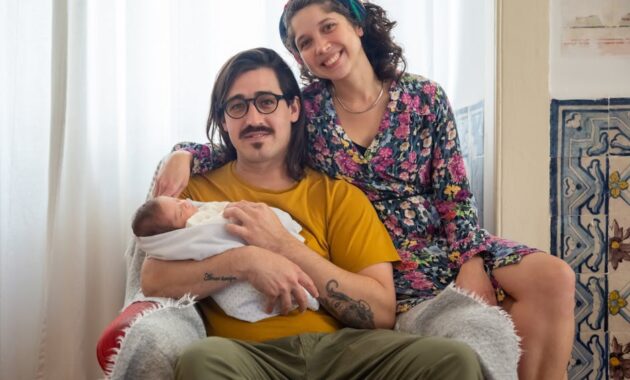Nosferatu (1922) Parents Guide: A Comprehensive Look at F.W. Murnau’s Vampire Classic
F.W. Murnau’s 1922 silent film, Nosferatu, eine Symphonie des Grauens (Nosferatu: A Symphony of Horror), stands as a landmark achievement in cinematic history. Its influence on the vampire genre is undeniable, shaping countless subsequent adaptations and interpretations. However, its age and thematic content necessitate a thorough parents’ guide to help viewers navigate its potentially unsettling aspects.
Content Warnings and Suitability for Children
Nosferatu is not a film suitable for young children. The film’s depiction of Count Orlok, the vampire, is genuinely frightening, even by today’s standards. His gaunt appearance, unsettling movements, and predatory nature are likely to scare younger viewers. The film also contains:
- Disturbing Imagery: Orlok’s appearance is inherently grotesque. His elongated fingers, sharp teeth, and pale, decaying skin are visually unsettling. The film also features scenes of decay and death.
- Violence: While not overly graphic by modern standards, the film depicts several scenes of implied violence and death. The vampire’s attacks are suggested rather than explicitly shown, but the implication of suffering and death is present.
- Suspense and Fear: The film relies heavily on atmosphere and suspense to build tension. The slow pacing and use of shadows contribute to a genuinely creepy and unsettling experience.
- Themes of Death and Decay: The film’s overarching theme revolves around death, decay, and the spread of disease. These themes are not presented in a lighthearted way.
- Sexual Innuendo: While subtle, there are some scenes that may be interpreted as having sexual undertones, particularly regarding Orlok’s obsession with Ellen.
Parents should consider the maturity level of their children before allowing them to watch Nosferatu. It’s recommended for viewers aged 13 and up, and even then, parental guidance is strongly suggested. Younger viewers may find the film genuinely terrifying.
Understanding the Film’s Context
To help parents better understand the film and its content, it’s important to consider its historical context. Released in 1922, Nosferatu was a groundbreaking work of German Expressionist cinema. The style itself utilizes sharp angles, dramatic lighting, and exaggerated sets to create a heightened sense of unease and horror. This stylistic choice further intensifies the film’s already unsettling subject matter.
German Expressionism and its Impact
German Expressionism, in general, explored themes of anxiety, alienation, and the darker side of human nature. This aesthetic is very much reflected in Nosferatu. The distorted sets and shadows visually represent the internal turmoil of the characters and the monstrous nature of Orlok.
Bram Stoker’s Dracula and Copyright Issues
It’s crucial to note that Nosferatu is an unauthorized adaptation of Bram Stoker’s Dracula. While names and characters were changed to avoid copyright infringement, the similarities are clear. Understanding this context can provide a more informed view of the film’s narrative and themes.
What Parents Can Discuss with Children After Watching
Even if a child is old enough to watch Nosferatu, having a conversation afterward is essential. Discussing the film’s themes, characters, and overall impact can help children process their experience and understand the film’s artistic merit.
- Fear and Horror: Discuss the ways the film creates fear and suspense. How does the director use visuals and sound (or lack thereof) to create a disturbing atmosphere?
- The Nature of Evil: Explore the character of Count Orlok. What makes him so frightening? How does the film portray evil?
- The Power of Suggestion: The film relies on suggestion rather than explicit violence. Discuss the effectiveness of this technique in creating horror.
- The Role of Women: Analyze the character of Ellen, and her role in the story. Discuss her bravery and sacrifice.
- The Impact of the Film: Talk about the lasting impact Nosferatu has had on the vampire genre and cinema as a whole.
Alternative Versions and Considerations
Various versions of Nosferatu exist, some with added colorization or musical scores. These additions can alter the film’s tone and intensity. Consider the version you choose based on your child’s maturity level and sensitivity.
Conclusion
Nosferatu remains a powerful and influential work of cinema. Its age and themes, however, require careful consideration before showing it to children. This parents’ guide aims to provide a comprehensive overview of the film’s content and offer guidance on how to approach watching it with children. Remember, open discussion and understanding the film’s historical context can greatly enhance the viewing experience and allow for a meaningful engagement with this cinematic masterpiece.


